Alan Dearn: Serbia The Land of Roman Emperors
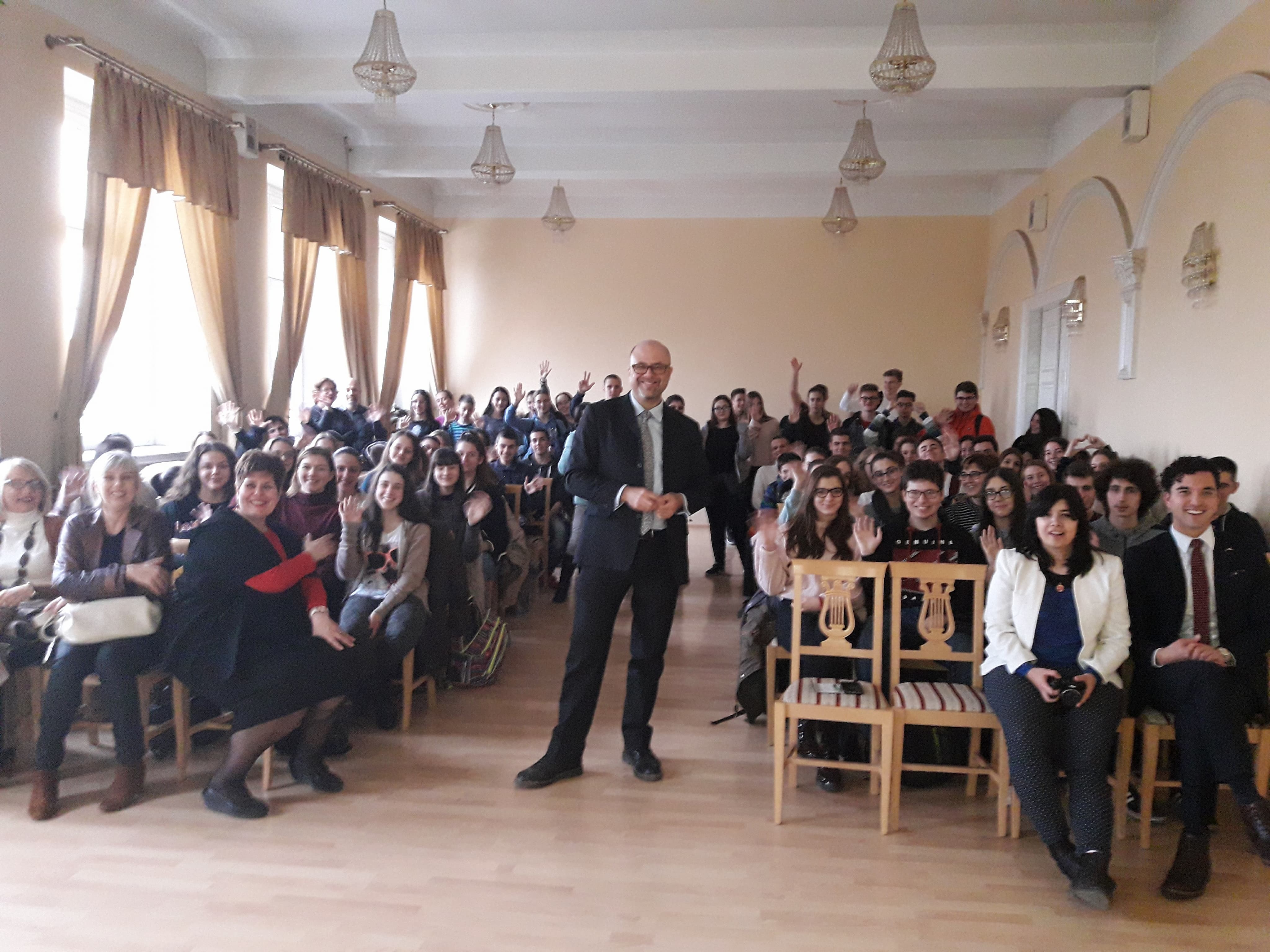
Text: Ivana Nikolić
Photo: The Glac Project Archives
*Special thanks to Zorana Kataranovska from The Glac Project team
Serbian-Australian archaeological project Glac is not only top scientific endeavour of international importance but also very significant for the development of touristic, economic, educational and other potentials and institutions in local community. One of the ideas behind this project is to help the development of area where Glac site and other nearby archaeological jewel Sirmium (nowadays town called Sremska Mitrovica) are settled as well as to promote the whole Serbia as the country of culture and rich cultural and historical heritage. On top of everything The Glac Project brings Australia and Serbia together and encourages strengthening connections between these countries through the collaboration of experts, university and high school students, businessmen and officials.
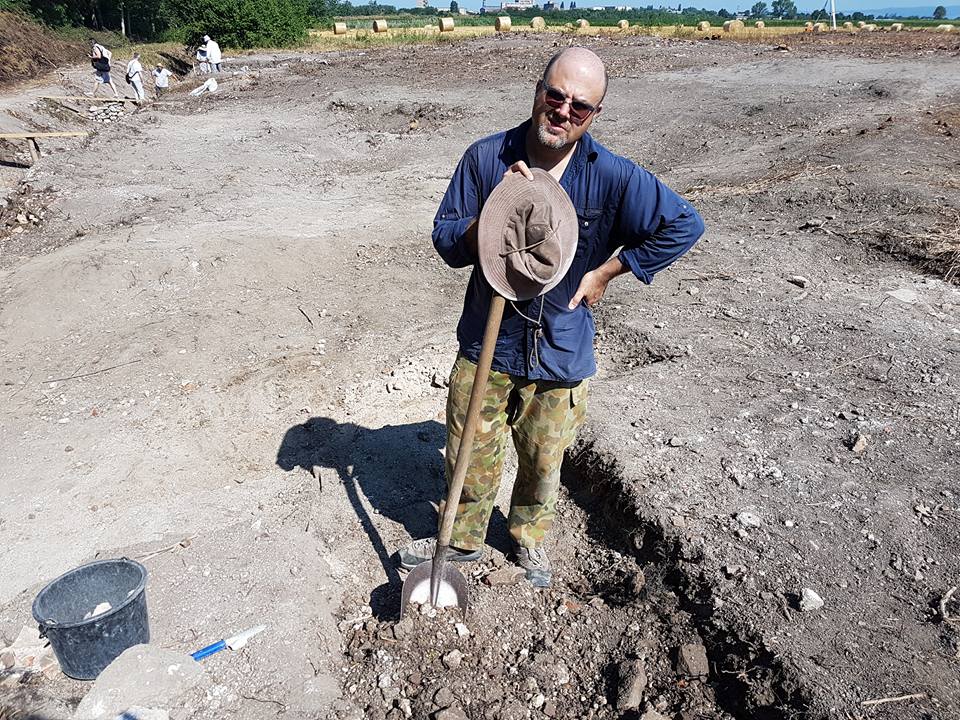
When it comes to Glac archaeological site, preparations for the project started in 2014th and first digging was completed during the summer in 2017th. Preparatory geophysical examinations before the actual digging already proved that there is vast building on the Glac site, which confirms the initial hypothesis that this site hides remains of the Roman emperor Maximian Herculius’s summer palace. Soon after the digging started archaeologists also discovered floor mosaics, frescos, pieces of statues and other impressive artefacts. Everything indicates that The Glac Project team is on the trail of great discoveries.
*Click any photo to open galleries
The heads of the project are an expert for late Roman Empire archaeologist PhD Richard Miles from The University of Sydney and PhD Stefan Pop Lazić from Serbian Institute of Archaeology (Arheološki institut Srbije), while Australian and Serbian teams work together on it. Both teams are equal partners and work with great enthusiasm on the Glac site as well as on educational and other programs that are also part of the project. People from Australian and Serbian teams developed great genuine friendships and they seem more like one big family than just like colleagues even when they work.
After the first diggings are finished both teams continued working hardly on The Glac Project. They are conducting different programs, events and other happenings both in Australia and Serbia. Those who are engaged on educational part of the project already plan and prepare the exchange of Australian and Serbian university and high school students. Some of them are writing scientific reports and records of discovered artefacts. Everyone is working hard to prepare next digging season in 2018th as well.
Regarding the funding, The Glac Project was started thanks to University in Sydney which provided the great deal of money for the first digging season. Serbian Ministry of Culture and Media also provided smaller, but significant budget for the project. However, The Glac Project is very complex and long-term undertaking which requires fundraising for further development. Successful fundraising is necessary for the successful upcoming digging seasons, educational programs, local community touristic, economic and other potentials development, etc. The whole project is very important for Serbia and Australia in different ways, but also for strengthening cultural, economic and other ties between these two countries.
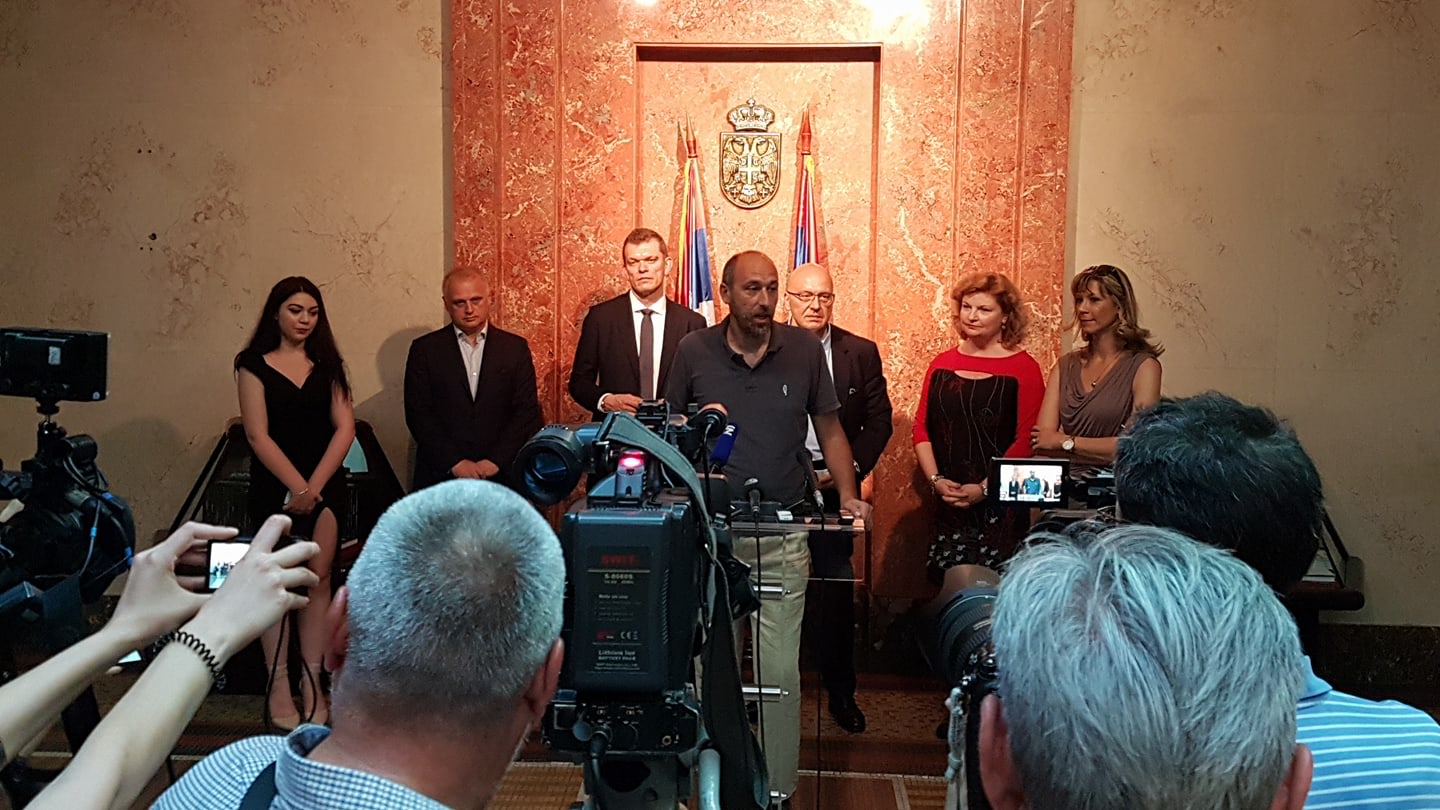
You may read more about The Glac Project here and this time we are sharing with you our interview with PhD Alan Dearn who is engaged not only in archaeological site research, but also as the head of educational programs at The Glac Project. Professor Dearn gave a lecture to high school students at Grammar School at Sremska Mitrovica on December the 20th and announced various new activities that are planned for next year within the project.
Can you tell us something more about the lecture you are about to give in Sremska Mitrovica?
I’m working as the education officer with the Glac Project, so on Wednesday I’m going to be talking to the students at Sremska Mitrovica to tell them a bit about what we are doing in Glac and particularly to sort of give them the invitation to be involved in what we’re doing. This project that we are working on is a very genuinely Australian-Serbian collaboration and we want to make sure that the people of Mitrovica feel a sense of ownership over what the Glac project is doing and to have a sense of real connection to this site which is going to be such an exciting archaeological site as we go forward.
One of your goals is to raise awareness about the importance of cultural and historical heritage. How much are Serbian people aware of that in your experience?
I think for me a lot of this is what I’m interested in finding out. Sometimes I’m surprised when I speak to Serbian Australians and even Serbian friends here that some of them don’t seem to know just how important was what’s now Serbian in the Roman Empire. The period in Roman history that I’m most interested in is the Roman Empire in 3rd and 4th century. At that time Serbia and Balkans were the centre of Roman Empire really. You know, Serbian friends, particularly in Australia are always surprised when I tell them that more Roman emperors were born in what’s now Serbia than in any other part of the Roman Empire accept for Italy, because this was the strategically the most central part of the Empire. This is where most of the army was. This is where most army recruitment was and this is where the power was as a result. In this period of Roman history in the 3rd century and 4th century where we have a lot of civil wars, a lot of turnarounds of Roman emperors, the places where they’re plotting, the places where they’re deciding to try and grab power – that’s in Mitrovica, in Serbia. So, I think there’s so much to feel excited about and proud of if you’re a Serb to see yourself in the context of this Roman history, but also not just for Serbs. 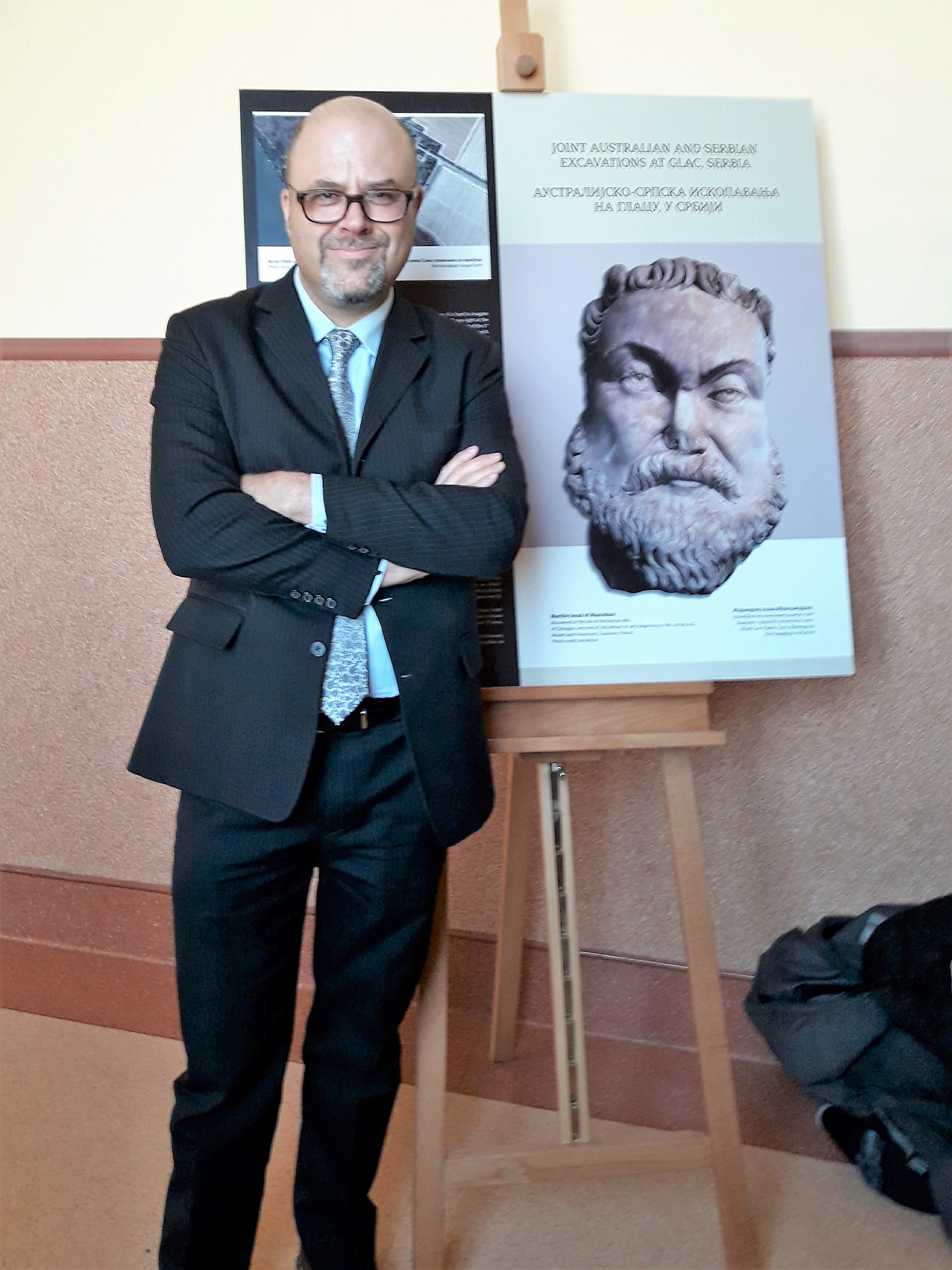 This is something which is actually pan-Balkan in a sense of connection with the Roman Empire. Right across the Balkan nations this is such a central part of their history. There’s a bit of lack of knowledge, whilst at the same time I was always been struck by this incredible sense of connection people here have to their town, which is quite different in Australia. We’re often much more cynical in Australia about where we come from, but here, you know, through teenagers and my colleagues I spoke to on Glac dig last year – they feel the strong sense of connection that they’re from Mitrovica, that they are from Srem and that they’re Serbs. To try to bring those two things together – the sense of local identity and local pride and to connect this Roman past – I guess that’s part of the challenge. One of the things I’m interested in is getting a sense of how young people, particularly high students in Sremska Mitrovica, relate to this past that’s all around them. Often when you are European and come from a very new nation like Australia, new for the European point of view – we don’t have that sense of connection to the landscape or the sense of the connection to the ground that we walk on and the sites around us. So, I wonder what it’s like for people growing up in the Sirmium in Sremska Mitrovica – do they have this, how do they relate to this sense of cultural heritage that is all around them. That’s what I’m interested in. One thing particularly that we’ll do next digging season is organizing an educational project with students from the gimnazija (grammar school) to invite them along to the site. It’s in their school summer holidays, but there is a group of students from Sremska Mitrovica who are interested in being part of the programme for maybe a week, to take part in archaeological dig, to have workshops on things like history, archaeology and conservation, so that they can learn. But also, we can learn from them of how they see this site and how they connect to it, because ultimately the goal of all of this is to encourage the sense of ownership and connection to the Glac. It is teenagers and children in Sremska Mitrovica who ultimately own this site, so we want to help and encourage that sense of ownership as we go forward, so that they become a part of it, that they see it as something that is an opportunity for them to help to publicize and boost their town and feel proud of it, feel connected with the scrap.
This is something which is actually pan-Balkan in a sense of connection with the Roman Empire. Right across the Balkan nations this is such a central part of their history. There’s a bit of lack of knowledge, whilst at the same time I was always been struck by this incredible sense of connection people here have to their town, which is quite different in Australia. We’re often much more cynical in Australia about where we come from, but here, you know, through teenagers and my colleagues I spoke to on Glac dig last year – they feel the strong sense of connection that they’re from Mitrovica, that they are from Srem and that they’re Serbs. To try to bring those two things together – the sense of local identity and local pride and to connect this Roman past – I guess that’s part of the challenge. One of the things I’m interested in is getting a sense of how young people, particularly high students in Sremska Mitrovica, relate to this past that’s all around them. Often when you are European and come from a very new nation like Australia, new for the European point of view – we don’t have that sense of connection to the landscape or the sense of the connection to the ground that we walk on and the sites around us. So, I wonder what it’s like for people growing up in the Sirmium in Sremska Mitrovica – do they have this, how do they relate to this sense of cultural heritage that is all around them. That’s what I’m interested in. One thing particularly that we’ll do next digging season is organizing an educational project with students from the gimnazija (grammar school) to invite them along to the site. It’s in their school summer holidays, but there is a group of students from Sremska Mitrovica who are interested in being part of the programme for maybe a week, to take part in archaeological dig, to have workshops on things like history, archaeology and conservation, so that they can learn. But also, we can learn from them of how they see this site and how they connect to it, because ultimately the goal of all of this is to encourage the sense of ownership and connection to the Glac. It is teenagers and children in Sremska Mitrovica who ultimately own this site, so we want to help and encourage that sense of ownership as we go forward, so that they become a part of it, that they see it as something that is an opportunity for them to help to publicize and boost their town and feel proud of it, feel connected with the scrap.
There is also the exchange of Australian and Serbian high school students planned. Why do you find this important?
I wear couple of different hats in The Glac Project. I’m sort of looking after and working with this education outreach, but my main job is at Sydney Grammar School where I teach history, so I’m a teacher in gimnazija as well. When it comes to the education programme, this year in Glac we discovered some beautiful mosaics and I think of what we’re trying to do with education here as a mosaic. At the moment we have little pieces of mosaic and one piece of the mosaic is to run an education programme next year for students from Sremska Mitrovica. Another part of the mosaic is in 2019th. We plan to bring a group of students from Sydney Grammar school to Sremska Mitrovica to take part in the dig, to become the part of the local community for a while and to have that sort of cultural experience and sense of connection. If we start joining up to the mosaic and if we can step back for a moment and see the big picture that we’re trying to create, then it’s a picture of a genuine and very deep connection between the community in Sremska Mitrovica and the community in Sydney. We want to help develop this relationship between Serbian and Australian students, both university and high school, and make possible the exchange where people from both communities can visit each other’s countries and be part of each other’s communities. In Mitrovica and all around this wonderful site that we’re working on at Glac that’s the big picture that I see when I step back. It will take a while to get to this big picture, so at the moment it’s about just finding the little pieces of the mosaic, starting to put them together and getting the individual ones in place and then we can build on like a Jigsaw Puzzle.
Can you reveal to our readers what are current actions of Australian part of the team? What’s up Down Under with the scientific research?
In Australia we are in the stage of planning at the moment. One of the things that we are very committed to is to make sure that after every season we publish archaeological reports rapidly. At the moment, that’s the main focus for Professor Richard Miles, who is the head of the project together with professor Stefan Pop Lazić. It should ready pretty soon and we have to publish that every year. There is nothing worse than archaeological projects where a dig is done and then it’s not really published, so 20 years later people want to learn about it, but the records aren’t there anymore. We can’t allow that to happen. It’s a nature of archaeology that we have this intense period of digging and then for us at the moment it’s about writing and publishing that report which is different for our colleagues here of course. They have the actual material remains that we have uncovered, and so they are working on conservation and preservation of those things. The rest of what we’re doing is really planning for the coming year and we’re starting to think about things like the education program. One of our colleagues Andrew Yip from University of New South Wales is involved with digital technologies about the virtual presentation of sites and I had a great meeting with him a week ago, just before I came here, to actually look at some of the technology that we can make use at Glac. Looking ahead we’re thinking of how the building a sort of research and education centre at the site itself might work. That means that we are thinking about fundraising, so that’s where we are at the moment. Lots of thinking about next year and planning the digging season and of course trying to workout funding and a lots of other stuff as well.
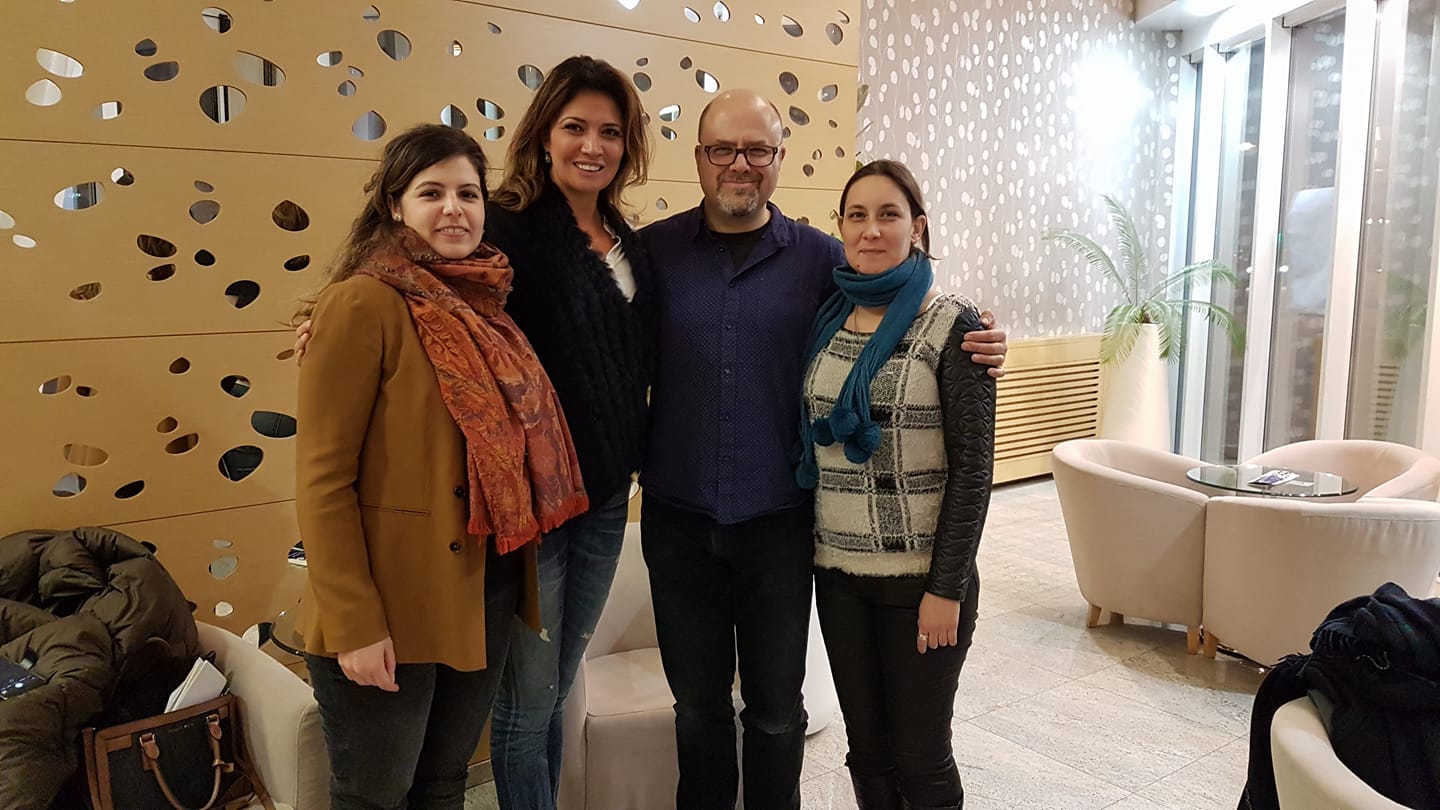
You are also working on the presentation of The Glac project in Australia. Can you tell us something more about it?
It’s also about helping to develop awareness of what we’re doing in Sydney and particularly the Serbian diaspora community in Sydney have been wonderful and very interested and very supportive about project. We have become great friends with the Bonnyrigg Sport Centre, which is the main Serbian club in Sydney. We have great relationship with Stevan Šipka through Bonnyrigg, but also with other Serbians who have been good supporters of us and the project as well. So, it’s about building those relationships and finding ways of bringing that community into what we’re doing as well. There’s lots of interest and enthusiasm for the project. I think as we go forward that many people in the Serbian diaspora community are interested in how they can actually become part of this project. Being involved in making this education centre in Glac is certainly going to be a really lasting and great contribution that they can make to helping Mitrovica really benefit from this site as well, because this is not going to be the sort of project where we excavate and publish things, academics read and we cover it all up again. I mean, this is about developing a really major, significant tourist attraction that will showcase the sort of amazing archaeology that’s done in Serbia and the amazing Roman history of Serbia. So this is something that is going to have a really positive impact in Sremska Mitrovica as we go forward and I think that’s what people in the Australian-Serbian diaspora are excited about – being up to contribute to something like that.
It seems that there have been developed not only professional, but very strong personal bond between all the members of Australian and Serbian teams and all of you became a one big family. What are your impressions of Serbian archaeological team and this great connection?
Yeah, absolutely! The highlight of my professional life is certainly the sort of the connection that we have developed here with the team. Right from the start we’ve got on like a house on the fire and I’ve been looking forward to coming back to Serbia now for months, ever since I left. It’s great opportunity to see again my friends here and reconnect with them. When you work on archaeological dig it’s very intense. We’re working, doing hard physical work together for very long days, we are tired, people get crabby, etc. Our relationship here has been fantastic and I’ve been so privileged to work with amazing people like PhD Stefan Pop Lazić, who I had a pleasure of catching up on this weekend. When I go to Sremska Mitrovica I’ll see Jasmina Davidović from the Museum of Srem and other great people. Yeah, I became very close with the people from the team. It’s great! And, you know, for me – and I know Richard Miles feels this way as well – this will be the rest of our working life really. It’s going to be connected with this project and connected with Serbia, so I can’t wait to be able to speak Serbian properly and I’m working on my Serbian. I can’t wait to speak Serbian properly to just more and more feel at home here as right from the start I felt so welcome. We all felt so welcome and it’s just going to be fantastic as it goes forward in the years to come.
Australiana Serbahttps://www.australianaserba.com/alan-dearn-serbia-the-land-of-roman-emperors/https://www.australianaserba.com/wp-content/uploads/2017/12/25445901_10155158114930994_9114255920470464899_n.jpghttps://www.australianaserba.com/wp-content/uploads/2017/12/25445901_10155158114930994_9114255920470464899_n-150x150.jpgThe Glac ProjectAlan Dearn,archaeological digging,archaeological site Glac,Australia,Belgrade,Bonnyrig Sport Centre,digging,Embassy of Australia in Serbia,Glac,Glac site,Grammar School in Sremska Mitrovica,Jasmina Davidović,late Roman Empire,Macimian Herculius,Milijana Nikolić,Mitrovačka gimnazija,mosaic,Richard Miles,Roman emperor Maximian,Roman emperors,Roman Empire,Serbia,Serbian diaspora,Serbian diaspora in Australia,Serbian Ministry of Culture And Media,Sirmium,Sremska Mitrovica,Stefan Pop Lazić,Stevan Šipka,Steven Sipka,Sydney,Sydney Grammar School,The Glac Archaeological Site,The Glac Project,The Glac Site,The University of Sydney,Zorana KataranovskaText: Ivana Nikolić Photo: The Glac Project Archives *Special thanks to Zorana Kataranovska from The Glac Project team Serbian-Australian archaeological project Glac is not only top scientific endeavour of international importance but also very significant for the development of touristic, economic, educational and other potentials and institutions in local community. One of...Australiana Serba australianaserba@gmail.comAdministratorAustraliana Serba
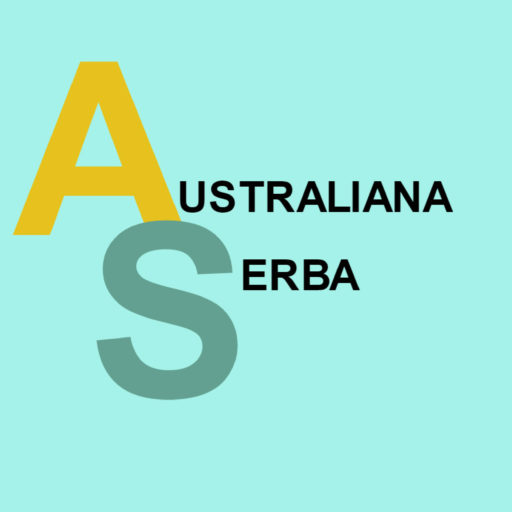
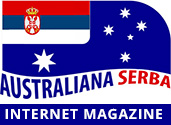

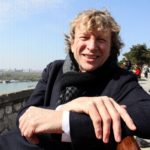
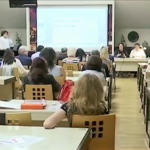

Leave a Reply